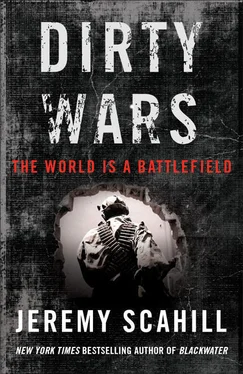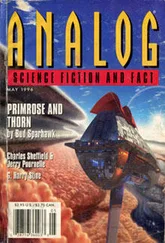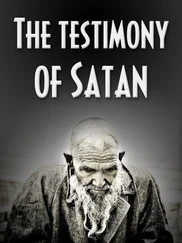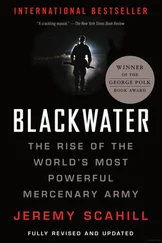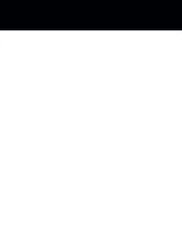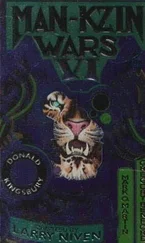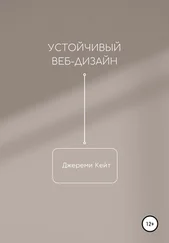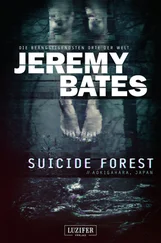Many of the members of the task force would grow long beards and seemed eager to make themselves look as frightening or intimidating as possible. “This is the dark side of the forces. This is the realm where you have essentially a cadre of folks who have a great deal of freedom. The folks that get to this level are treated with a certain amount of deference,” Lieutenant Colonel Anthony Shaffer told me. “The culture is that where everybody essentially goes by their first name, no matter what rank you are, and the basic bottom line is, when you get to that level you just know what you need to do, and there’s no second guessing, there is no room for being babied.”
Back at the State Department, Wilkerson watched as this parallel detention system was being built up by Rumsfeld and Cheney and believed they used the task force specifically to avoid any scrutiny. “There is no oversight and when there’s no oversight you’re all-powerful. And when you know there’s no oversight, then you know that you can pretty much do whatever you want to do,” he told me. “We forget that when we create these special operating units, we create at least within a percentage of them—and this percentage is heightened incredibly in the special operations forces—you’ve got people who are killing instruments. That’s what they are. That’s what they’re honed and trained to be, is killing instruments. When you allow no oversight of them, and you allow them to repeat operations, over and over and over again, with no oversight, then you allow them to instinctually gain the knowledge that almost anything goes. Then, almost anything is going to go.”
“Rather than going through the local command, the Baghdad command, up to CENTCOM and then back to the Pentagon, there seemed to have been some sort of an express elevator, from JSOC operations on the ground, straight back to the Undersecretary of Defense for Intelligence [Cambone], and then to the Secretary of Defense. So it was going straight back to Washington—very, very high levels,” charged Scott Horton, a human rights attorney who, as president of the New York City Bar Association’s Committee on International Human Rights, investigated the US torture program and JSOC’s role in it. “We know that a number of the normal rules that had applied, concerning the way that detention operations went forward, and the way interrogation operations went forward, were not being applied to JSOC. They had their own rules. So there were Special Access Programs and we know that these operations were associated with a lot of brutality, people being beaten up, being severely mistreated. So often as not, the torture cases and the serious abuse cases were far more frequently linked to JSOC operations than anything else.”
When JSOC first deployed to Iraq to lead the hunt for WMDs and Saddam’s top leadership, the prisoners they took early on were prioritized in terms of what, if any, intelligence or information they may have possessed that would produce results to support either of those missions. The harsh interrogation methods that were being refined in black sites and in Afghanistan were to be unleashed in Iraq. “There were two reasons why these interrogations were so persistent, and why extreme methods were used,” said a former senior intelligence official. “The main one is that everyone was worried about some kind of follow-up attack [after 9/11]. But for most of 2002 and into 2003, Cheney and Rumsfeld, especially, were also demanding proof of the links between al Qaida and Iraq that [former Iraqi exile leader Ahmed] Chalabi and others had told them were there.”
The Bush administration also wanted to find WMDs and to retroactively prove that its claims of Iraq possessing them were true. Rowan Scarborough, a conservative military journalist who wrote two books for which he received extensive access to Rumsfeld and his team, recounted how furious Rumsfeld would become each day when he was briefed on the lack of WMDs in Iraq. “Each morning, the crisis action team had to report that another location was a bust. Rumsfeld grew angrier and angrier. One officer quoted him as saying, ‘They must be there!’ At one briefing, he picked up the briefing slides and tossed them back at the briefers,” according to Scarborough. Horton added: “A lot of this intelligence gathering operation, at the outset…was driven by a need to produce information that would justify [the war]. And I think that the use of torture was authorized largely because of an expectation that that would produce results. I don’t think there was ever any expectation that it was going produce the truth, but it would produce people saying what they wanted them to say, that would somehow back this up.”
But as the months went on in Iraq and the WMD and al Qaeda claims fell apart, the focus of the interrogations began shifting to crushing the insurgency. The list of targets and suspects quickly grew from the original deck of cards representing the Saddam regime to a potentially infinite catalog of names. “You saw the French do this in Algeria and you saw the Americans do this in 2003 in Iraq,” recalled Exum, who was deployed to Iraq at the time. “You start out with a target list, and maybe you’ve got 50 guys on it, maybe you’ve got 200 guys on it, but you can work your way through those 50 or 200 guys, and then suddenly at the end of that target list you’ve got a new target list of 3,000 people on it.”
McChrystal expanded JSOC’s role in detainee operations, but NAMA was up and running before he set foot in Iraq. The CIA, which inflicted more than its share of dirty deeds on prisoners, had become so shocked at the torture at NAMA that it withdrew its interrogators from the base in August 2003, though it continued to provide intelligence to the task force. In fact, the month before McChrystal assumed command at JSOC, an army investigator, as well as intelligence and law enforcement officials, were already voicing their warnings about detainee abuse, suggesting that the harsh techniques were being employed by JSOC. In September 2003, after a request from the “commander of the Special Mission Unit Task Force,” US military SERE (Survival, Evasion, Resistance and Escape) instructors, whose official job was to prepare US service members to endure torture and captivity, arrived at Camp NAMA.
The JSOC Task Force did not categorize Camp NAMA as a prison but rather as a “filtration site” where intelligence was being obtained. This gave cover for all the dirty activity and the secrecy that shrouded it. The Special Access Program that the task force operated under “would be given a mission and might be authorized to use all sorts of special practices, that not only deviate from normal military practices, but might actually violate military law, and military policy, and this would be done by means of a Special Access Program, that would usually come from the Undersecretary of Defense for Intelligence [Stephen Cambone]. There’s very clearly some criminal conduct,” said Horton, the human rights lawyer. “And yet, here in this special JSOC regime, this was being authorized—being incited—by officers who were running the camp, who were supposed to be prohibiting this kind of conduct.”
The Battlefield Interrogation Facility at NAMA had four interrogation rooms and a medical screening room, where Saddam was first processed after his capture. Furnished with rugs, prayer mats, couches, tables and chairs, the “Soft Room” was where cooperative and high-ranking detainees were brought for questioning—and tea. The Blue and Red (or Wood) rooms were larger (about six by ten feet), rectangular and plain; the Blue Room had a coat of blue paint over the plywood walls. These rooms were used for medium-intensity interrogations, reportedly employing techniques approved by the US Army Field Manual. The Black Room was preserved from its days as a torture chamber under Saddam and, for good measure, the task force kept the meat hooks that hung from the ceiling during the Iraqi dictator’s reign of terror in place for their use. The Black Room was the largest room—approximately twelve by twelve feet. It was here that JSOC would perform its harshest interrogations.
Читать дальше
